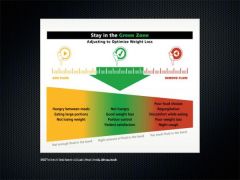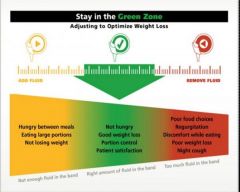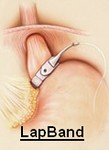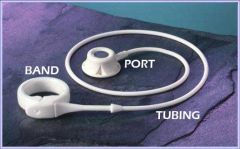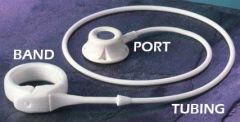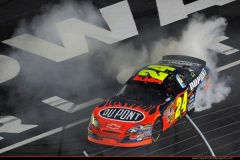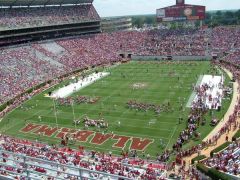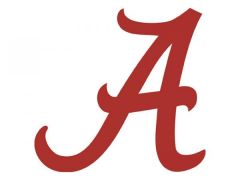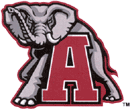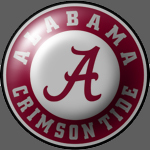My doctor follows the recommend guidelines from the manufacturer which is 6 weeks between fills. He will adjust the schedule based on individual needs of the patient. My fills have been every 6 weeks apart so far. My doctor did say this time after my fill, that if I needed to return early to just call the office. He did ask that I give this new fill 2-3 weeks to work. So if I need another fill, I will be going back early. Otherwise, my next fill will be in 6 weeks, which is June 12th.
The following is information provided by my surgeon during my pre-op class concerning adjustments:
The adjust-ability of the Lap-Band is one of the great advantages of the Lap-Band over the gastric bypass or duodenal switch. The Vertical Band Gastroplasty or VBG, is a restrictive operation but is not adjustable. After a period of 6 weeks following Lap-Band placement, a patient may require an adjustment known as a "fill"
Three main factors are used to determine whether or not to add Fluid to the Lap-Band: 1. weight loss, 2. level of hunger, 3. degree of restriction.
If the patient is not losing adequate weight (less than 1-2 lbs. per week), is ravenous, and seems to be able to eat more with meals, then it is time to do a fill.
Most adjustments can be done in the office in less than 15 minutes. Fluoroscope or X-ray is only necessary if the adjustment port cannot be accessed in the office. My doctor uses the Fluoroscope over at X-ray for each fill, which makes a fill take less than 2 minutes. It takes longer to get on the table and the prep than the actual fill. It is so cool to watch your fill on the Fluoroscope. The 1st adjustment is done no sooner than 6 weeks post-operatively and is a 1cc volume fill. My 1st fill was a standard amount of 2cc. Subsequent adjustments are done at 4-6 week intervals based on the aforementioned criteria. The second and third fills may measure 0.5 cc to 3-4cc. My second fill was 2cc. I now have 4cc in my 14cc band.
It is important to look out for negative symptoms after an adjustment. Symptoms of chest pain after eating and drinking, nausea, vomiting, and reflux can mean the Lap-Band is overly tight. More subtle signs can be night time coughing and choking, and inability to eat a range of foods. It is important that patients remember that weight loss is to be gentle and gradual. Patients must resist the temptation to be too tight too fast. This can lead to dysfunctional eating habits, in which the patients convert their diet to liquids calories. If obstructive symptoms are present, then fluid should be removed from the band.
I just thought I would share this information with you. Each doctor is different in how he/she proceeds with your fill schedule and the amount of fill. Just remember to work with your doctor, you are a team working together to help you meet your goal!





